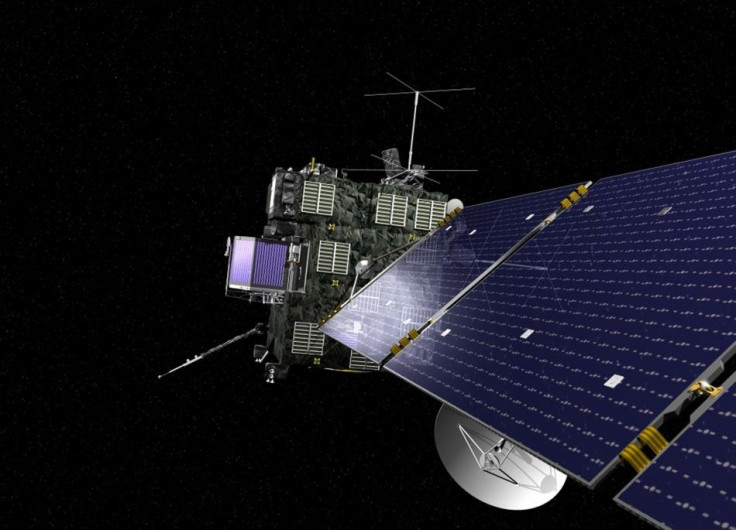NASA Compares Comets To Deep Fried Ice Cream

Using deep-fried ice cream as a comparison, scientists from NASA’s Jet Propulsion Laboratory in California explains that crust of comets are made of crystalline ice, while inside it is a colder and more porous material.
They used an instrument named Himalaya, which looks like an icebox, to show how the fluffy ice on a comet’s surface crystallises and hardens when these celestial bodies move toward the sun and warm up.
The study was published in The Journal of Physical Chemistry, authored by Murthy Gudipati of the Propulsion lab. He used to work with Antti Lignell, the lead author of the comet study and a postdoctoral scholar at the California Institute of Technology in Pasadena.
Another confirmation of the comet’s hard surface is when Rosetta’s Philae probe bounced upon landing on 67P/Churyumov-Gersimenko comet’s surface in November. However, its crust’s exact composition and its formation process is still not clear.
To gain a better understanding of comets, researchers made a model of crystallising comet crust, starting with the amorphous or porous ice. It is formed by water vapor molecules flash-freezing and haphazardly mixing with other molecules at a temperature of negative 243 degrees Celsius.
Gudipati also compares the amorphous ice to cotton candy, being light and fluffy and full of pockets of space.
Using the Himalaya cryostat instrument to slowly warm the amorphous ice mixture to minus 123 degrees Celsius, it mimics the condition of a comet as it moves toward the sun. They infused the ice with polycylic aromatic hydrocarbons (PAH), a type of organics available everywhere in deep space.
The process resulted in the PAHs being kicked out of the ice mixtures which provides water molecules space to link up and form the crystalline ice’s more tightly packed structures.
Gudipati said that deep fried ice cream provides the best analogy the comet’s interior are possibly very cold and have more porous, amorphous ice.
He adds that knowing comet’s composition allows a better understanding of how these celestial bodies could delivery water and organics to Earth.
To contact the writer, email: v.hernandez@ibtimes.com.au





















